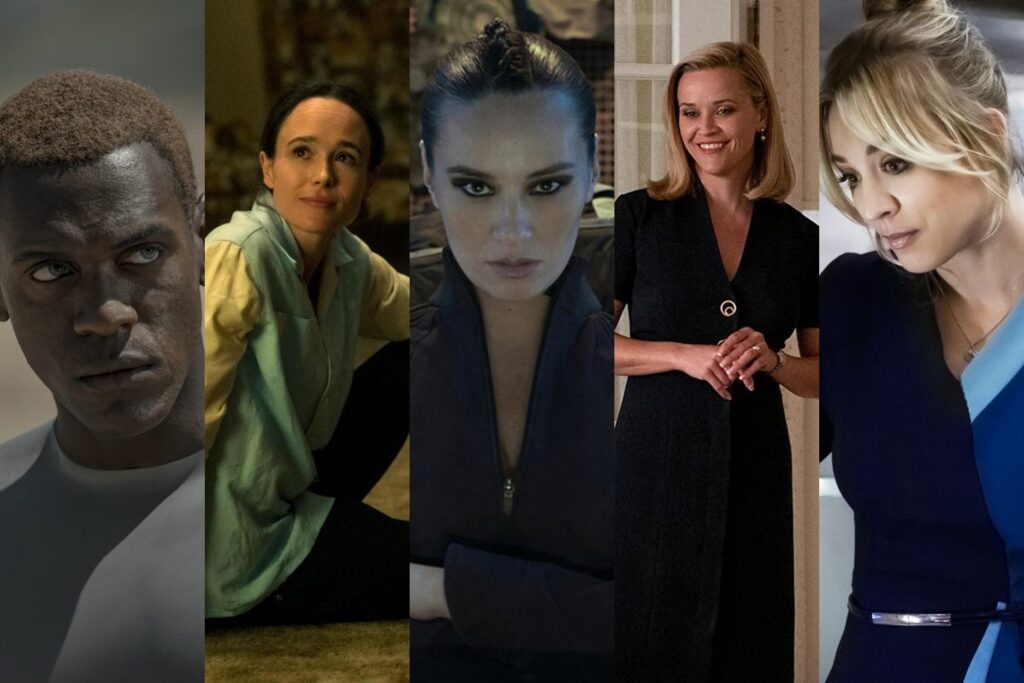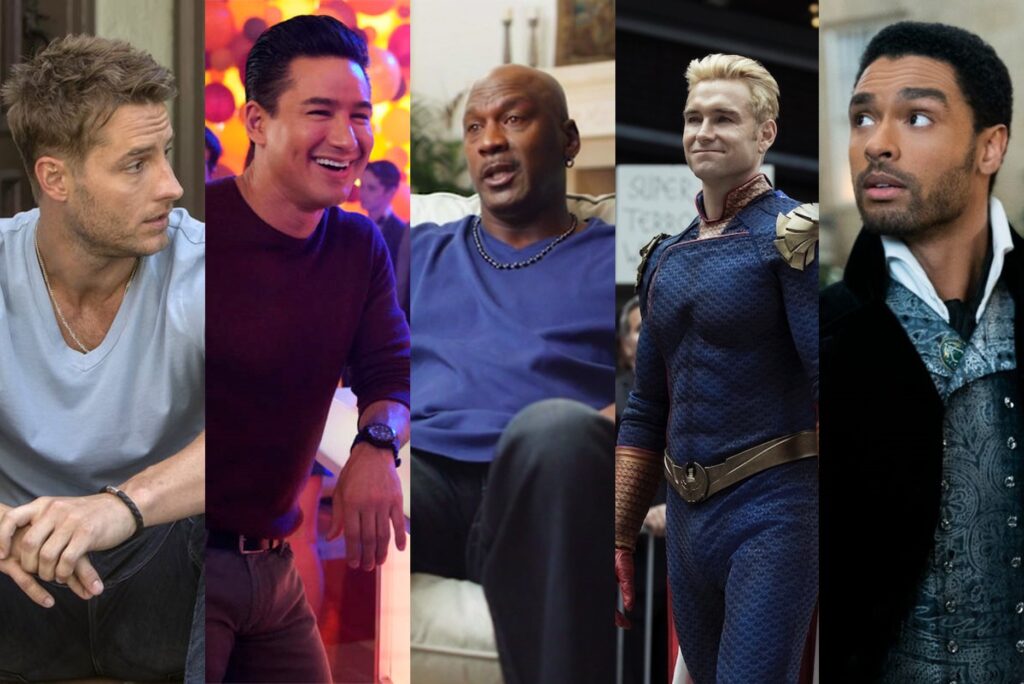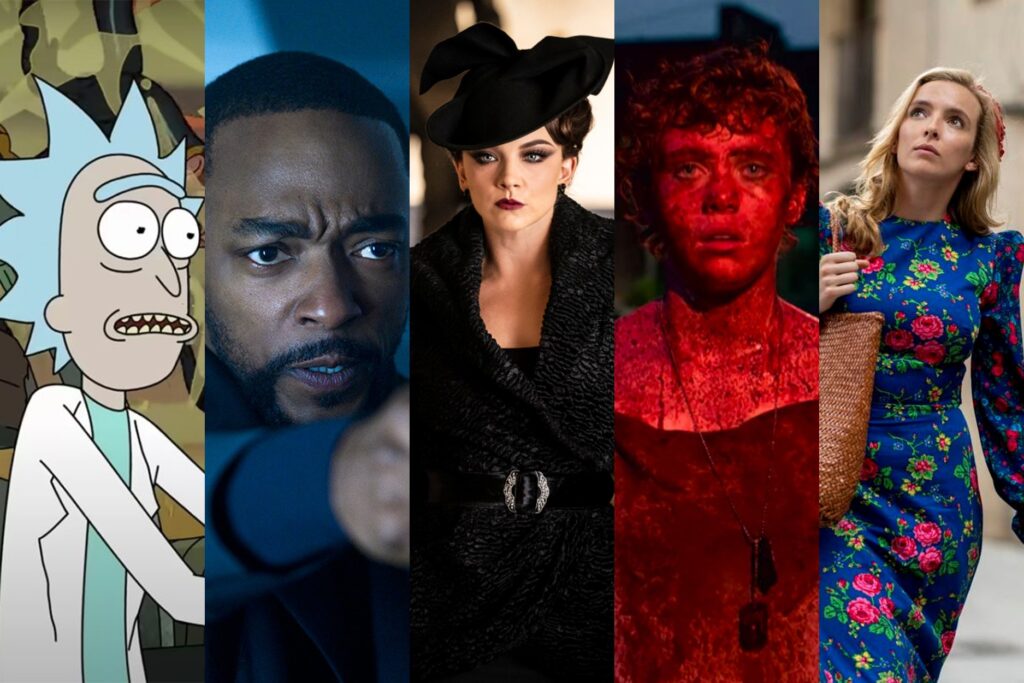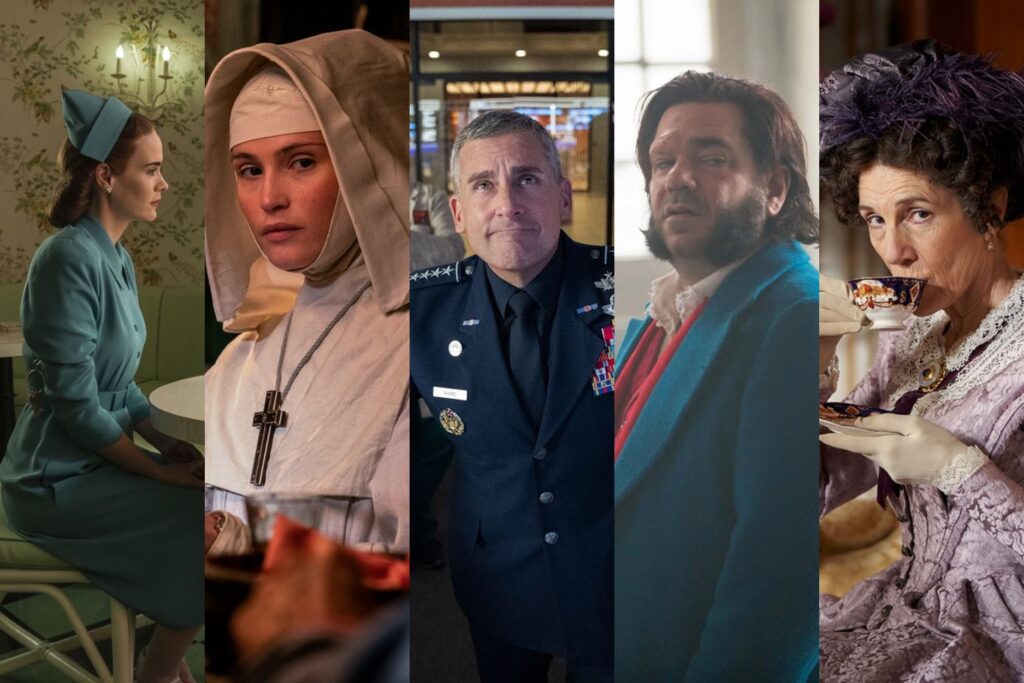Ranking Every TV Show of 2020: #s 40-31
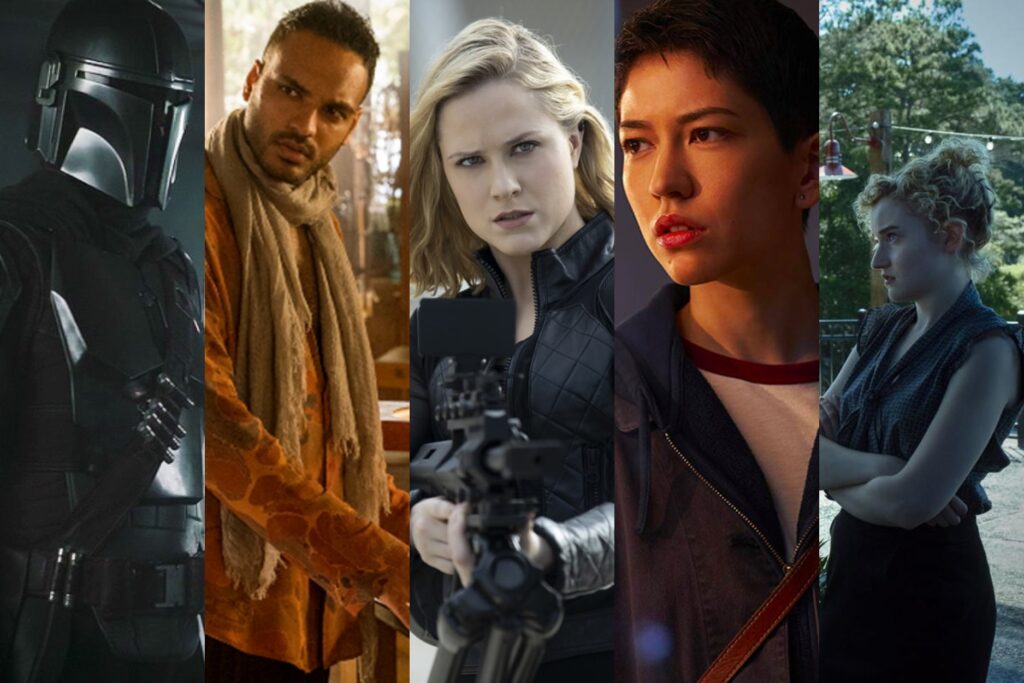
Our countdown of every TV show of 2020 continues. Prior installments can be found at the following links:
#s 124-110 (tiers 12 and 11)
#s 109-85 (tiers 10 and 9)
#s 84-61 (tiers 8 and 7)
#s 60-41 (tiers 6 and 5)
Tier 4: Imperfect, but spicy
40. Giri/Haji (Netflix, Season 1). Narratively, Giri/Haji is reasonably entertaining but fairly familiar—a shopworn genre exercise loaded with double crosses, corrupt cops, and loathsome gangsters. But stylistically, this show is exquisite. Directed by a pair of relatively unknown TV veterans (including one who worked on Entourage, of all things), it’s deliriously experimental, regularly deploying changes in color scheme and aspect ratio, and these flourishes enhance the pulpy vibe rather than distract from it. (Also, Kelly Macdonald!) The finale features an operatic rooftop sequence that’s an absolute showstopper, a bravura fusion of action and ballet that practically demands an instant rewind. Does it make sense? Not really. Is it riveting? Unquestionably. Read More

